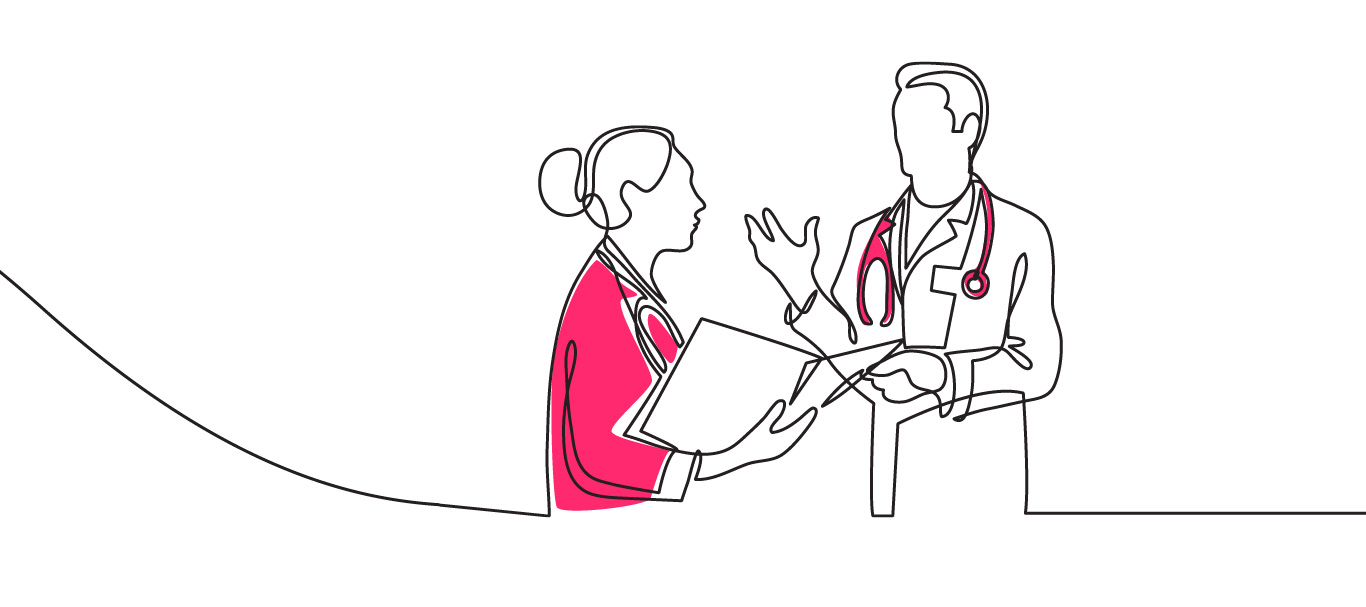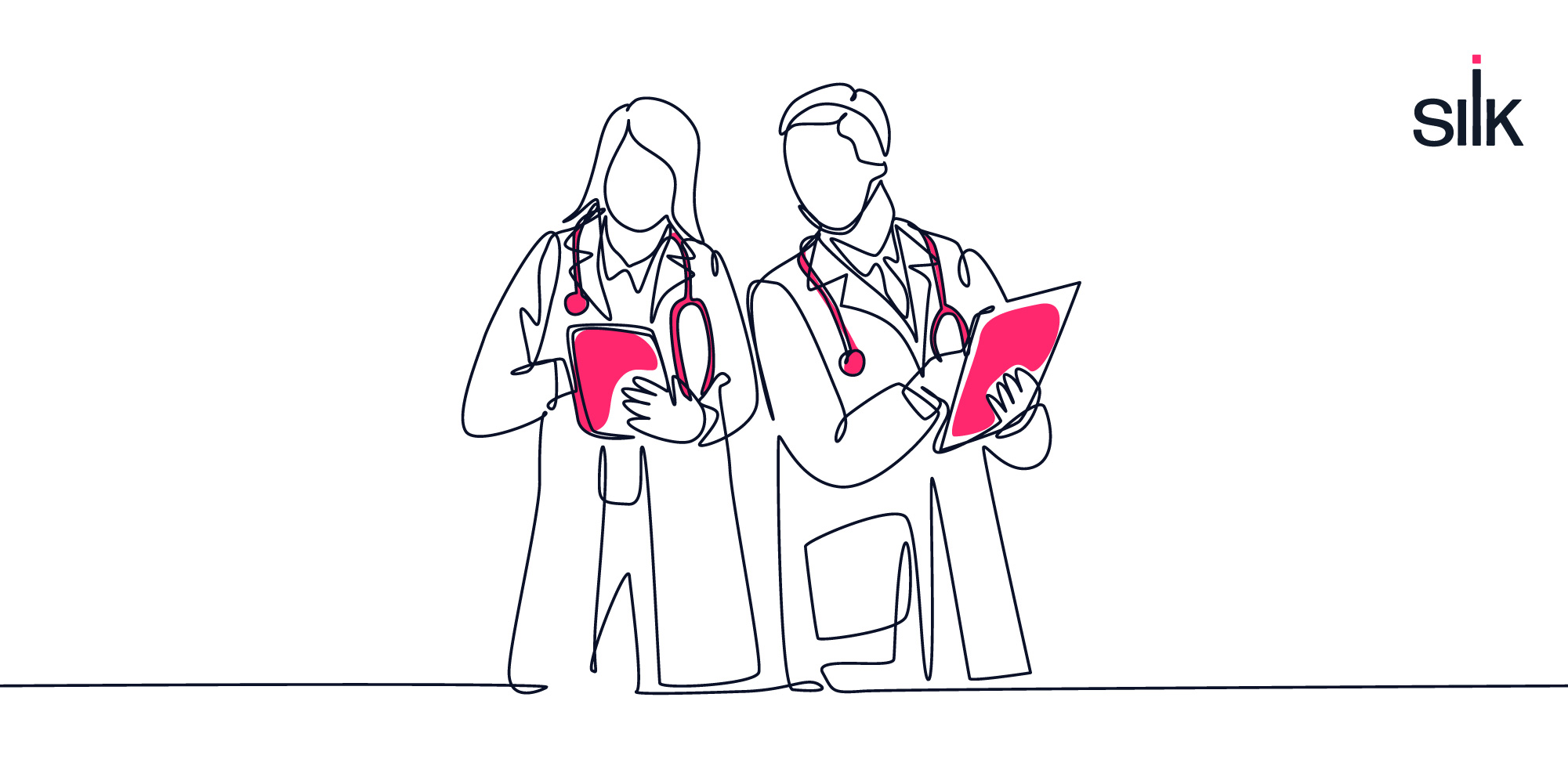Healthcare organizations are increasing migrating their electronic health record (EHR) workloads to the cloud. One company that has done this is Sentara Healthcare is a not-for-profit healthcare organization serving Virginia and northeastern North Carolina. It offers services in 12 acute care hospitals with 3,739 beds, 10 nursing centers, and 3 assisted living facilities. In addition, Sentara operates its own managed-care plan which covers 1 million subscribers in the region.
Sentara’s Journey to the Cloud
Sentara’s journey to the cloud began with the implementation of a “digital front door” for its EHR. In 3-4 months, Sentara had designed an architecture to move its EHR workloads to a cloud micro-service – one of the first to complete this type of project. After that, it was decided that the company should fully embrace the cloud – making it one of the first large healthcare organizations to adopt full cloud transformation.
Today, Sentara is all-in with the cloud and moving away from the traditional datacenter. One of the drivers for this evolution has been supply chain shortages. In a COVID world, trying to get specific parts for the datacenter, such as switches or servers, can take months. Meanwhile, you can spin up cloud resources with the snap of a finger. This has really made it easier to get buy-in from stakeholders to make the shift to the cloud.
The cloud has allowed the team to speed up how fast they work. Originally, the team would only deploy about 7-8 projects at a time. Today, they are working on roughly 120 projects at once. This momentum of modernization has spread to every system throughout Sentara’s organization as well as the healthcare industry as a whole. Modernization has allowed Sentara to have greater interoperability and better data analytics. But because some organizations hadn’t begun to embrace cloud, they are now scrambling to keep up. This has put Sentara way ahead for both business outcomes on the payer side and clinical outcomes on the provider side. Sentara is now able to adopt precision medicine and AI readings of imaging. They are redeploying their wireless technology to Wifi6 which gives them a much more unsaturated environment – key to giving patients who are separated from their families (ie COVID wards) a lifeline of communication through their devices. Other healthcare organizations that haven’t begun to adopt cloud technologies are now struggling to keep up and aren’t able to offer the same high patient care and experience that Sentara can.
The Challenges of the Cloud
Despite Sentara’s successful adoption of the cloud, the process didn’t come without its challenges. For many companies adopting the cloud, there is a need to hire new employees with experience working in the cloud. Instead, Sentara focused on reeducating their existing staff about cloud technology. In fact, some of their best cloud people today are employees who previously focused on automation.
The challenge that Sentara did have was getting the scale and performance needed to maintain continuous connections to their EHR environment. Sentara has anywhere from 16,000-20,000 clinicians accessing its system concurrently – doctors are running patient records, prescribing medication, and doing imaging. Because Sentara wasn’t able to get the performance they needed from native cloud, they had to look for a third-party vendor. That’s when they found Silk. Silk was a gamechanging for putting Sentara’s reporting and production environments into the cloud. It gave Sentara 3x faster performance compared to native cloud alone (up to 550k IOPS – the same they were previously getting on-prem) and also gave them a 20% reduction in cost.
Silk Benefits: Snapshots
What the team loves the most about Silk is its snapshotting capabilities. Previously they were having a third party come in to do backups and snapshots. But with Silk, that capability is integrated. The team can make and mount snapshots instantaneously. This gives Sentara the ability to replicate data and ensures business continuity which they did not previously have without a lot of extensive work, synchronization, and third party tools.
Tips For Moving To The Cloud
One tip Sentara’s Matt Douglas has for anyone moving EHR to the cloud: secure your workloads. Because these workloads contain patient records, a breach can be catastrophic. Sentara has build a secure framework and mesh that goes along with their Silk Cloud Data Platform instance to prevent against that happening.
Matt also advises that healthcare organization leverage the knowledge from others who have already moved to the cloud – whether in the healthcare industry or not. Why DIYing is admirable, getting expertise from others gives you the opportunity to continue to grow your own knowledge and be able to eventually make educated decisions for yourself.
Interesting in Learning More About How Sentara Did It?
Watch a customer interview and dive into Sentara’s full Silk story.
I Gotta See This!


